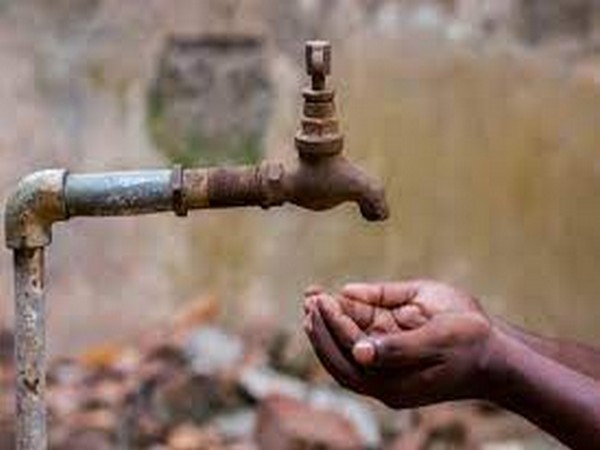Contaminated Water Crisis Escalates Child Morbidity in Karachi
In Karachi, Pakistan's industrial hub, residents face severe health risks from polluted drinking water. Over 50 water samples revealed dangerous contaminants, spurring diarrhoea outbreaks, notably affecting children under five. The Sindh Health Department and Karachi Water and Sewerage Board (KWSB) face criticism for inadequate measures to ensure clean water.

Amid Karachi's escalating health crisis, residents continue to grapple with severe health risks due to contaminated drinking water. This issue has spotlighted the city's deteriorating public health infrastructure as declared a fundamental human right by the World Health Organisation (WHO).
Between February and April this year, Sindh's health department collected over 50 water samples from various city districts for testing at the Karachi Water and Sewerage Board (KWSB) laboratory, reported The Express Tribune. The findings revealed dangerous contaminants, including pathogenic bacteria such as Vibrio cholerae, E. coli, and total coliforms. These have led to a diarrhoea outbreak, disproportionately affecting children under five.
A Kemari mother, Noreen, recounted her 3-year-old son's illness after drinking tap water. "The hospital's emergency room was packed with children in the same condition," she stated. Dr. Khalid Shafi, a paediatrician, noted, "The current diarrhoea epidemic is largely driven by contaminated food and water consumption."
The National Institute of Child Health (NICH) Hospital records at least 2,000 cases of diarrhoea among children each month. Similarly, the Civil Hospital's emergency department handles around 750 cases monthly, while Lyari General Hospital's outpatient department reports about 800 cases. Mohsin Raza from the People's Labour Union emphasized that the KWSB's negligence in water purification is exacerbating waterborne diseases like diarrhoea.
"Out of nine KWSB filter plants, only three are operational; the rest have been defunct for years," Raza revealed. He also noted a significant shortfall in chlorine used for water purification. WHO reports indicate that waterborne diseases like diarrhoea contribute to 60% of child morbidity in the region, affecting nearly 6.4 million children annually. Despite being just 15% of the population, children under five have the highest mortality rate from diarrhoea in Asia.
Sindh Health Department officials assert that public hospitals are managing diarrhoea cases to the best of their abilities. Intikhab Rajput, Chief Engineer at KWSB, refuted the claims about insufficient chlorine, stating that filtration plants are undergoing repairs and are functioning correctly.
(With inputs from agencies.)










